Rugged Handheld Terminals in Public Safety: A Case Study on Emergency Response
Rugged handheld terminals have become a lifeline for emergency responders, delivering instant information and reliable communication when chaos strikes. Discover how durable mobile technology is transforming critical response in real-world scenarios and learn what it means for the future of public safety.
What Are Rugged Handheld Terminals?
Rugged handheld terminals are mobile devices engineered for extreme environments. Unlike typical consumer smartphones, they’re designed to survive drops, water exposure, and harsh weather. Public safety professionals—like firefighters, police officers, and paramedics—rely on these devices to share data, coordinate actions, and maintain communication in unpredictable situations.
These terminals often feature:
- Reinforced casings to protect against shocks and impacts.
- Waterproof and dust-proof seals.
- High-visibility displays readable in direct sunlight.
- Extended battery life for all-day use.
- Integrated barcode scanners, GPS, and secure wireless connectivity.
Their durability and performance make rugged handheld terminals indispensable for teams who cannot afford equipment failure.
The Need for Reliable Technology in Emergency Response
Quick, accurate information can make all the difference during an emergency. Whether responding to a natural disaster, managing a large public event, or handling a dangerous incident, first responders face countless challenges:
- Unreliable infrastructure (power outages, damaged cell towers)
- Chaotic, fast-changing environments
- Adverse weather or hazardous conditions
- Need for rapid coordination across diverse agencies
Traditional consumer devices often fail in these scenarios. They can overheat, lose signal, or break under physical stress. Rugged handheld terminals address these risks, giving responders the confidence that their lifeline to information and communication will stay open.
Rugged Handheld Terminals in Action: A Real-World Case Study
To understand the profound impact of rugged handheld terminals on public safety, let’s examine how one major city’s emergency management agency used them during a severe weather event.
The Scenario: Urban Flood Emergency
In the spring, unprecedented rainfall caused flash flooding in several neighborhoods, overwhelming drainage systems and trapping residents in homes and vehicles. Emergency services received hundreds of distress calls within an hour. Several access roads were blocked. Communications networks were under heavy load, and power failures were widespread.
The Response
The emergency management agency rapidly deployed teams equipped with rugged handheld terminals alongside their standard gear. Here’s how these devices directly contributed at each stage of the response:
1. Rapid Mobilization and Team Coordination
Command centers updated units in real-time as conditions shifted. Using rugged handheld terminals, team leaders could:
- Receive updated maps showing flooded areas and closed roads
- Assign rescue teams to priority locations based on live updates
- Share images and status reports back to headquarters
2. Reliable Communication Under Stress
Cell towers were partially down, but terminals used multiple networks and local Wi-Fi hotspots to maintain links. Team members instantly sent text updates, shared GPS locations, and coordinated pickups for stranded residents—all using secure channels.
3. Efficient Resource Management
Rugged handheld terminals allowed responders to scan equipment barcodes, check supply levels, and report needs without returning to base. This ensured that medical kits, boats, and fuel were distributed where most needed.
4. Real-Time Data Collection
Photos, videos, and situation reports could be uploaded from the field, building a live map of damage and needs. This data guided both immediate response and post-event analysis.
The Outcomes
The response agency credited rugged handheld terminals with several key achievements during the flood:
- Faster rescue operations, as teams avoided blocked routes with live mapping.
- Greater personnel safety, thanks to continuous tracking and check-ins via the terminal.
- Improved allocation of emergency supplies, minimizing waste and shortages.
- Reduction in communications blackouts, despite infrastructure damage.
Post-incident reviews highlighted that no team reported device failures, despite continuous use in waterlogged and physically demanding conditions.
Key Benefits of Rugged Handheld Terminals in Public Safety
Why have rugged handheld terminals become central to modern emergency response? Their advantages are far-reaching.
Durability You Can Trust
In high-stakes scenarios, a dropped or damaged device can cost precious time—or even lives. Rugged terminals are tested to stringent military specifications. They withstand vibration, temperature swings, and accidental drops, keeping crews connected in the most unforgiving environments.
Continuous Connectivity
Critical operations rely on stable communication. With advanced antennas and multi-network capability, rugged handheld terminals maintain connections when ordinary phones cannot. They seamlessly switch between Wi-Fi, LTE, and satellite links, prioritizing reliability under pressure.
Real-Time Access to Essential Data
Mobile data access changes the way emergencies are managed:
- Rescue workers receive updated building layouts and hazard alerts.
- Medical teams access patient histories en route to the scene.
- Incident commanders review live video feeds and sensor data.
With all this information at their fingertips, response teams make faster, more informed decisions.
Streamlined Workflows and Fewer Errors
Barcoding, digital checklists, and electronic reporting save time and reduce paperwork. Rugged terminals eliminate manual transcription, lowering the risk of lost or inaccurate data. This ensures everyone stays on the same page and resources go where they’re needed most.
Enhanced Safety for First Responders
Team member safety is paramount. Features like location tracking, emergency alert buttons, and hands-free operation let responders signal distress or call for backup—even when conditions are hazardous or hands are busy.
How Rugged Handheld Terminals Empower Different Public Safety Roles
The flexibility of rugged handheld terminals means they’re invaluable across multiple areas of public safety.
Firefighting
Firefighters navigate hazardous scenes, carrying heavy gear and facing extreme heat and smoke. Rugged terminals resist water and impact, helping crews:
- Access evacuation maps inside burning buildings.
- Stay in constant contact with command and medical support.
- Log equipment usage and hazards on the fly.
Law Enforcement
Police require secure, always-ready data. With rugged handheld terminals, officers can:
- Check identification quickly at the scene.
- Gather video evidence or notes for investigations.
- Receive live updates about nearby incidents or suspects.
Emergency Medical Services
Paramedics must deliver care in unpredictable settings. These terminals enable:
- Real-time sharing of patient information with hospitals.
- Rapid scanning of medication barcodes to prevent errors.
- Route optimization for ambulances during disasters.
Search and Rescue
Search teams often work in dense forests, mountains, or disaster zones. Here, rugged terminals:
- Guide navigation with topographic maps and GPS.
- Allow sharing of team locations for coordinated search patterns.
- Withstand rain, mud, and usage with gloves.
Selecting Rugged Handheld Terminals: What to Look For
Not all rugged devices are created equal. When choosing rugged handheld terminals for a public safety agency, keep these priorities in mind:
- Certifications: Look for IP ratings for drop, dust, and water resistance.
- Battery Life: Long or hot missions may stretch battery capacity. Swappable batteries are a bonus.
- Connectivity: Multi-network support, reliable GPS, and secure communication protocols are essential.
- Ergonomics: Devices must be usable with gloves, resistant to chemicals, and easy to carry.
- Expandability: Consider compatibility with essential apps, sensors, or additional accessories like holsters and mounts.
- Security: Public safety data must remain secure; robust encryption and user authentication matter.
Comprehensive staff training and regular device maintenance also play important roles in getting the most from this investment.
Overcoming Implementation Challenges
It’s important to acknowledge common hurdles when integrating rugged handheld terminals in public safety agencies:
- Upfront costs may be higher than off-the-shelf devices; however, durability reduces long-term replacement expenses.
- Some staff may need time to adapt to new workflows or digital reporting.
- Updating legacy systems to interface with new devices can pose technical challenges.
A phased rollout, ongoing support, and clearly communicated benefits can smooth the transition. Many agencies find that, after initial adjustment, efficiency, morale, and operational effectiveness all improve.
The Future of Rugged Handheld Terminals in Public Safety
Technology continues to advance, and rugged handheld terminals evolve alongside it. Today’s models incorporate emerging features such as:
- Advanced biometrics for fast, secure access.
- Built-in sensors for detecting hazardous gas or radiation.
- High-resolution cameras with thermal imaging for night or smoke-obscured environments.
- Artificial intelligence to streamline triage or threat assessment.
In the coming years, expect even more seamless integration with drones, body-worn cameras, and incident management platforms. With 5G and edge computing, data will flow faster than ever—delivering insights not just to responders, but also directly to command centers and support staff.
By continuously improving ease of use and capability, rugged handheld terminals will remain at the heart of proactive, coordinated, and resilient emergency response.
Conclusion
Rugged handheld terminals are rewriting the script for public safety, enabling professionals to respond faster and smarter, whatever the challenge. Equipping teams with these durable, connected tools is not just a smart investment—it’s a lifesaving strategy. Explore how the right rugged technology can elevate your emergency operations today.
No comments




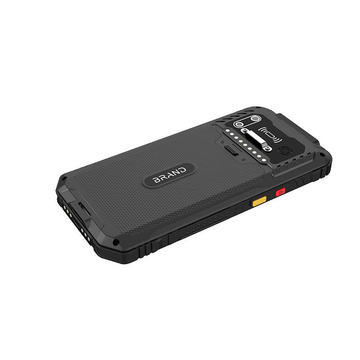
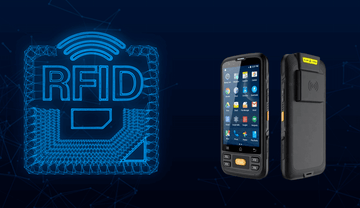


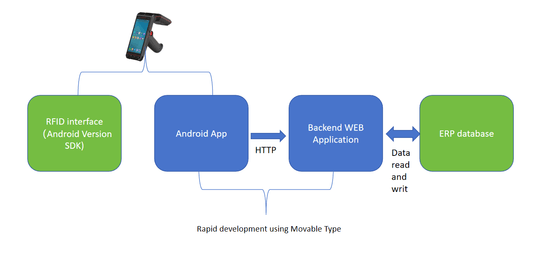
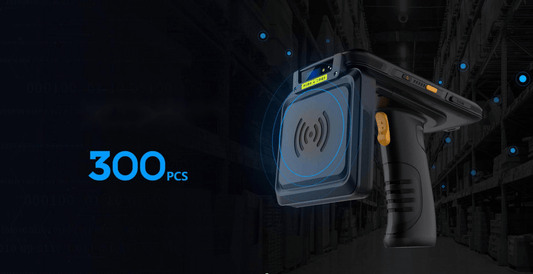


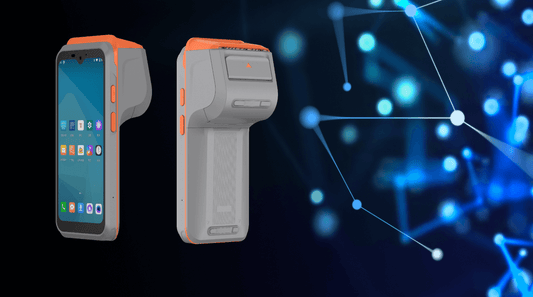
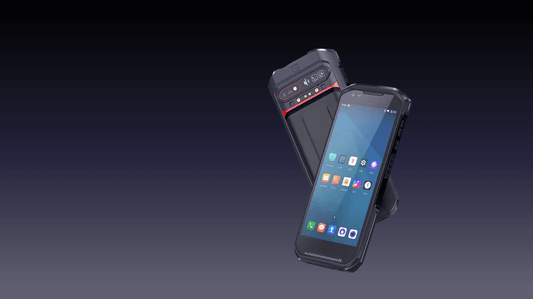
0 comments